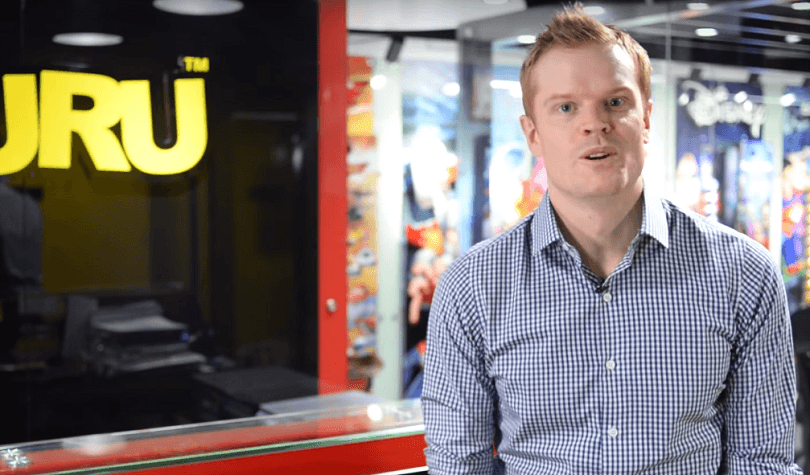From blow-up water balloons to prefabricated buildings: Homegrown toy giant Zuru is flexing its manufacturing muscles in the direction of the housing shortage.
Toy giant Zuru has launched a massive international push into the prefabricated building industry, a venture it says will “make everything else we do look small’.
Zuru is the half-a-billion-dollar toy manufacturing business set up by Kiwi siblings Anna, Mat and Nick Mowbray and known for top-selling brands such as Robo Fish, X-Shot and Bunch O Balloons.
The self-made trio are also known for their $32.5 million purchase of the sprawling Dotcom mansion in Coatesville north of Auckland in 2016.
Last week Nick Mowbray was named EY Entrepreneur of the Year and will represent New Zealand at EY’s glittering global competition in Monaco next June.
Speaking after the awards ceremony Nick Mowbray said while toys are still the main portion of its business, Zuru is expanding into an array of other enterprises, including premium nappy venture Rascals + Friends, pet food, vitamins, femcare, and “one other project… we’re not talking too much about at the moment”.
That project is very probably Zuru Tech, headquartered in Modena, Italy, and specialising in prefabrication of buildings.
“(It’s) really big, it’s going to be game-changing on a global level,” Mowbray says. “Watch this space over the next few years. It’ll make everything else we do look small.
“It’s using our core competencies in automation and automated manufacturing. We’re one of the leaders in the world in robotics and automated manufacturing so we’re using our skill sets there,” he says.
While the newly crowned Entrepreneur of the Year may be staying tight-lipped, Zuru Tech’s website provides a lot more detail.
The company has sites in Ahmedabad, India, and Shenzen, China, as well as Italy. It says its project, called Dreamcatcher, “aims to make the design of real buildings accessible to everyone and their direct pre-fabrication with affordable and finally sustainable costs (sic)”.
Dreamcatcher is the next BIM (Building Information Modeling) revolution, it says. The advanced yet easy-to-use drafting system can be used to design a building and get it ready for manufacturing in a single step, the website says.
Meanwhile Zuru Tech’s Manufacturing Operations Management (MOM) software powers a factory that uses robotics “beyond Industry 4.0” – the catch-all phrase for the next generation of manufacturing technologies.
“With MOM we are able to manufacture any kind of building. It’s that simple! Being able to simulate and control our bespoke production process, we deliver the product directly to the construction site,” the Zuru Tech site says.
Pamela Bell, CEO of industry organisation Prefab NZ, says the prefabrication space is hugely popular at the moment with a new wave of technologies being developed worldwide.
“There’s a whole lot of this kind of Silicon Valley investment going on, and there’s a fair degree of cynicism alongside it, because we’re watching these companies explode out of nowhere.”
There is “without a doubt” a need to find a more efficient way of building houses, and the construction sector has one of the lowest levels of productivity of any industry, she says.
“It’s healthy to see this type of change of investment happening, but we haven’t seen the results yet.”
There are a number of different models emerging, such as the US-based technology company Katerra which aims to optimise every aspect of building design, materials supply and construction, she says.
Then there is Sidewalk Labs, owned by Google’s parent Alphabet Inc, which is redesigning a Toronto neighbourhood using technological solutions to tackle issues such as cost of living, efficient transportation and energy usage.
“Others are genuinely trying to plug a gap in the software space, because there’s not software at the moment that talks directly from an architect’s drawing to a… manufacturer,” Bell says.
This week, Amazon’s Alexa Fund announced its investment in Plant Prefab, a Southern Californian startup specializing in building prefab homes using sustainable construction processes and materials.
